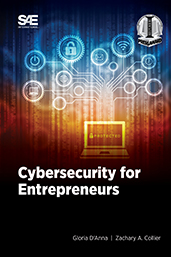Training / Education
Introduction to Car Hacking with CANbus
Therefore, engineers should ensure that systems are designed free of unreasonable risks to motor vehicle safety, including those that may result due to existence of potential cybersecurity vulnerabilities. The automotive industry is making vehicle cybersecurity an organizational priority. ...Vehicle cybersecurity vulnerabilities could impact a vehicle's safe operation. Therefore, engineers should ensure that systems are designed free of unreasonable risks to motor vehicle safety, including those that may result due to existence of potential cybersecurity vulnerabilities. ...Prioritizing vehicle cybersecurity also means learning about vehicle hacking techniques in order to ensure that systems will be reasonably safe under expected real-world conditions, including those that may arise due to potential vehicle cybersecurity vulnerabilities from hacking the CAN communications or OBD-II interface.



